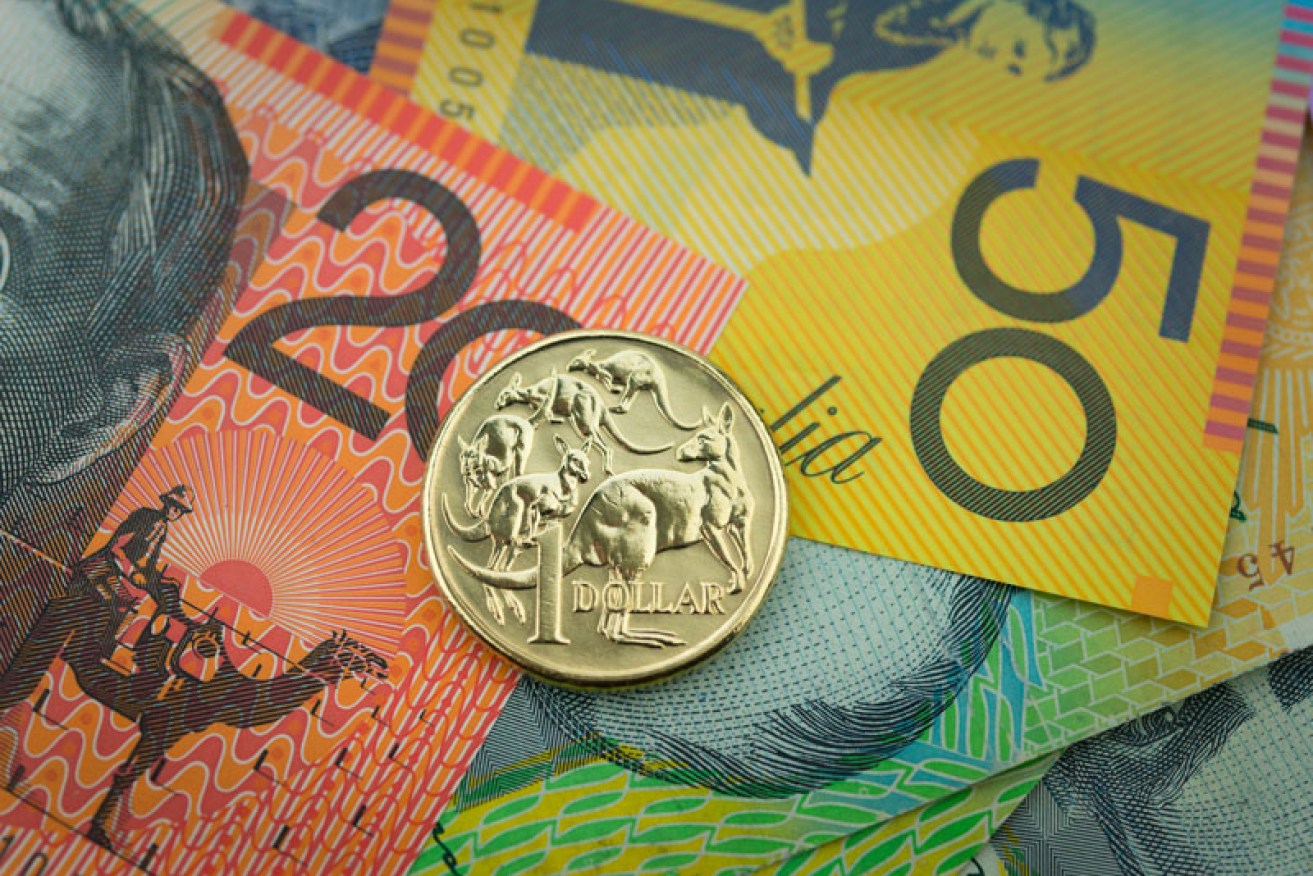Australian dollar poised to regain losses, but not straight away


Shutterstock
The Australian dollar hit a three-year low on Wednesday, and more unexpected fluctuations in the currency’s price are likely throughout the remainder of the summer holiday period.
The dollar hit a low of 68¢ US on January 3 after the Chinese and European economies started to show signs of weakness, accentuated by Apple’s announcement it was on track to fall short of its first-quarter revenue estimates.
The ‘flash crash’ followed a smaller decline of 0.45 cents on Wednesday.
The sudden drop saw the dollar lose 2.7 per cent in the space of a day, with a fall of 2 per cent occurring between 8.30am and 9.30am alone.
However, speaking to The New Daily, Commonwealth Bank chief economist Michael Blythe said the drop was an “overreaction” and should not be cause for alarm.
Mr Blythe said the summer period is particularly prone to shock movements like Wednesday’s as many currency traders are on holidays, creating a “thin market”.
“It doesn’t take much during a thin market for unexpected shocks to have a big impact,” Mr Blythe said.
Dollar will climb, but not straight away
While the recent crash shaved almost 3 per cent of the price of the dollar in a single day (including a 2 per cent drop in the space of an hour), Mr Blythe said the dollar should reach 75 US cents by the end of 2019.
NAB also expects the dollar to reach the 75 cents mark, with the bank forecasting the currency to idle around 70 cents through the middle of the year before picking up about September.
The next few weeks, however, will likely see the price of the dollar fluctuate as global markets contend with uncertainty caused by the UK’s impending Brexit from the European Union, and US President Donald Trump’s now infamous Twitter habits.
“You never quite know what tweet will come from the White House next,” Mr Blythe said.
Winners and losers
Anyone planning an overseas holiday or considering buying goods online will be stung by the sudden cheapening of the dollar, but Wednesday’s crash is not all bad news.
Dips in the price of the dollar often lead to “mini booms” for sectors such as tourism and education, by making it cheaper for would-be tourists and students to come to Australia than elsewhere, Mr Blythe said.
Similarly, local exporters become more competitive globally when the dollar is trading lower as their goods become more affordable than exporters in the US (both for importers internationally and domestic consumers)
This, in turn, acts as a buffer for the economy, Mr Blythe said.
“It’s been one of the most effective shock absorbers we’ve had, and it’s why we’ve enjoyed 27 years of economic growth,” he said.
University of New South Wales professor Richard Holden gave a useful example for how this ‘shock absorber’ works in a piece written for The Conversation.
“After the mining boom ended and overseas buyers of our minerals had less need for our currency, the Australian dollar slid from $US1.10 to $US0.70,” he said.
“As it happened, other Australian exporters and businesses gained a new lease of life, smoothing the adjustment and creating other homes in other parts of the economy for the labour and other resources that had been devoted to mining.”








